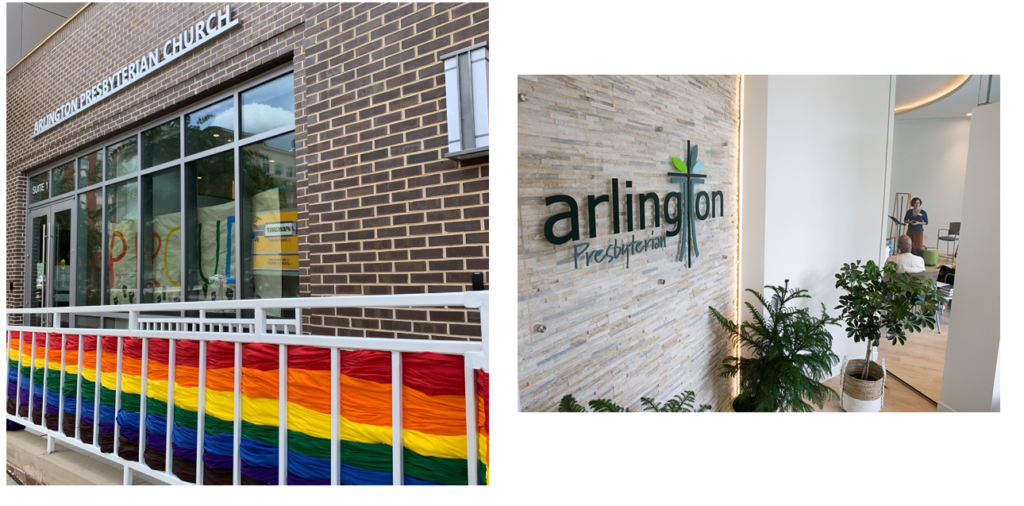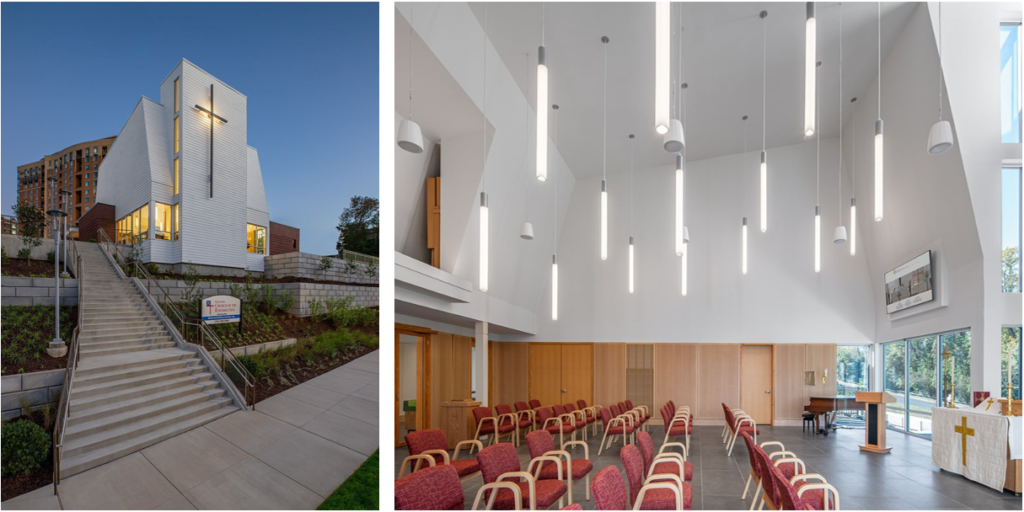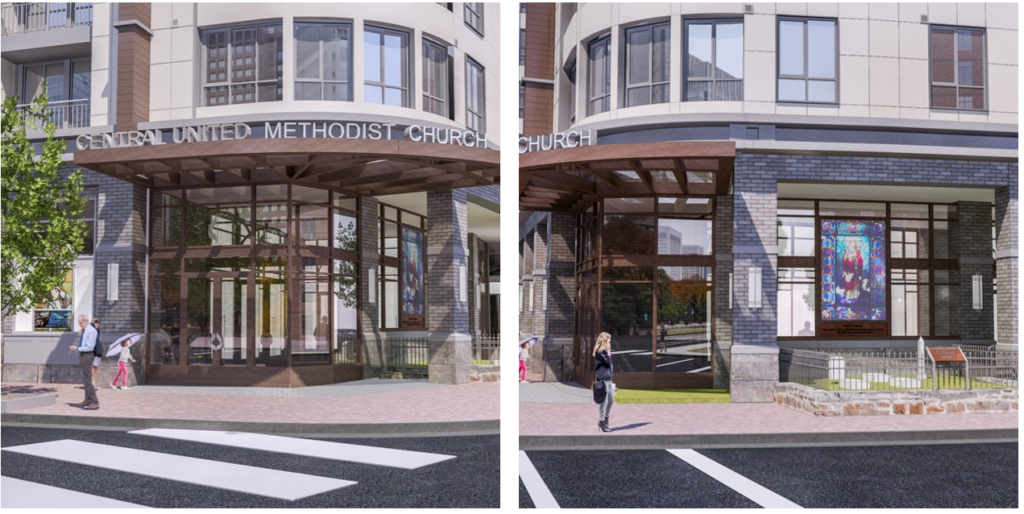Writer’s note: this post was originally posted on my substack blog, Housing in Practice, on January 23rd.
This week, the Virginia state legislature is considering a bill, the Faith in Housing for the Commonwealth Act (SB 233), to allow affordable housing on land owned by religious organizations. If you live in Virginia and are so inclined, I strongly encourage you to email the Senate about your support for the bill. Here is an simple action alert from YIMBY Action that you can use for contact info and talking points. This Wednesday, January 24th, the bill will be heard by the Senate’s General Laws and Technology Committee.
It’s a bill that I really support (full disclosure: I work for a developer that has helped churches build housing), not just because of VA’s housing shortage, but also because of my experiences witnessing the transformative impact of these projects. In an era of falling religious attendance and aging facilities, many faith-based institutions must make difficult choices about how to remain financially solvent. Do they defer expensive maintenance costs that threaten the livability of their property? Or maybe do they move somewhere far away from the community they’ve called home for decades?
Fortunately, there’s an alternative solution that can allow churches to remain in place while raising the funds for new, modern spaces. And that solution is to redevelop their property with housing. By selling or leasing part of their land to a housing developer, churches can raise money to build a smaller, modernized space on the same site as their old facilities. This allows them to continue serving the local community that they’ve been rooted in for many years. It also serves the organization’s mission directly by using their land to build housing for those in need.
Sounds like a commonsense solution that should be an option for more religious institutions, right? So what are the barriers? Primarily local zoning rules, which oftentimes make it illegal to build housing on religiously-owned land. For one thing, this land is often in recreational or commercial zones which restrict any residential development. Moreover, faith-based institutions are often located in zones that prohibit residential density beyond that of a single-family home, which, if built, is typically not enough to raise the funds needed to build a new sanctuary. SB 233 would make it legal, statewide, for religious institutions to build subsidized affordable housing on their land up to 40 units/acre. And crucially, like a similar law recently passed in California (SB4), the bill makes residential uses legal no matter the local zoning says.
That’s great news, because churches throughout Northern Virginia are increasingly turning towards redevelopment with housing to address their financial needs. A few recent examples below show the transformative impact that’s possible when we legalize this type of development.
1. First Baptist Church of Clarendon – Arlington, VA

From 2010-2012, The First Baptist Church of Clarendon redeveloped their 1950s-era building with a new apartment building. The photos above show how the development preserved the steeple and façade of the church, and just how darn cool an apartment building looks integrated with an old church. The development added 46 market-rate apartments and 70 income-restricted affordable apartments, along with renovating an onsite childcare facility, a common tenant hosted by churches that is in desperately short supply in Arlington.
2. Arlington Presbyterian Church – Arlington, VA


In 2019, the Arlington Presbyterian Church sold their land to a nonprofit developer to build a new income-restricted affordable apartment building with a ground floor space for a new sanctuary. Although the congregation had to say goodbye to their old church building, they gained a smaller, modern space that will sustain the congregation well into the future. In addition to building 173 income-restricted apartments, the new building included a retail space for a kitchen incubator space for low-income culinary students.
3. The Episcopal Church of Resurrection – Alexandria, VA


Also in 2019, the Episcopal Church of Resurrection redeveloped their aging building into a stunning new campus with housing. The new project made room for 113 income-restricted apartments alongside a separate sanctuary space connected by a beautifully-landscaped patio. The bright new sanctuary is a great example of how redevelopment of a church can enhance rather than detract from its aesthetics.
4. Central United Methodist Church (CUMC) – Arlington, VA


This last example is dear to me because it’s a project that worked on for many years (I will make its own dedicated post soon). But also because it will soon open its doors in February, welcoming new residents and the CUMC back to a brand new sanctuary and childcare space. Located directly across from the Ballston Metro station in Arlington, this new building will include 144 income-restricted apartments along with a ground floor and second-floor space for CUMC and a new Kinhaven childcare center. Despite its location across the street from a metro station, this project spent hundreds of thousands of dollars rezoning from commercial to mixed-use to allow apartments. With new legislation like SB 233 to legalize residential uses on church land, money from rezoning could be better spent on better building amenities, reducing rents, or expanded childcare spaces.
A Call to Action
Perhaps the most notable thing about the projects above is that they don’t require any tax-payer subsidy other than the typical programs for subsidized affordable housing that already exist. If the state wants more housing like this, all it has to do is make them legal! If you live in Virginia and agree that projects like those above should be legal for all religious institutions, please speak up. Write to the VA Senate now to tell them that you support SB 233 and legalizing housing on religious-owned land across Virginia.